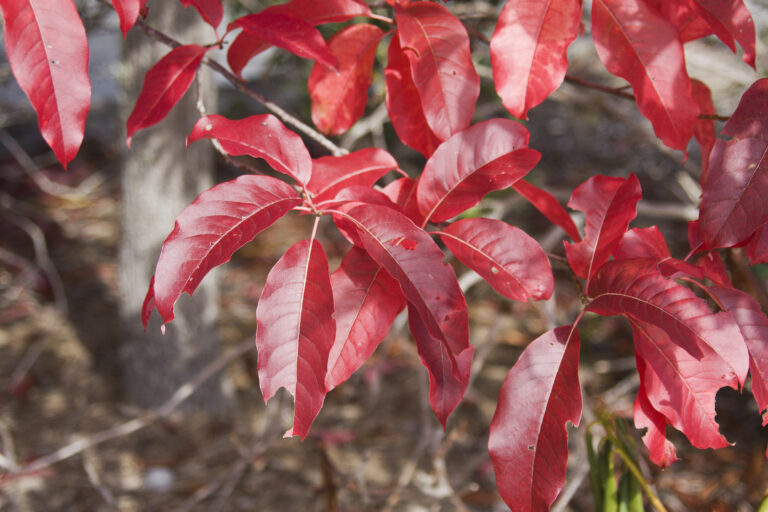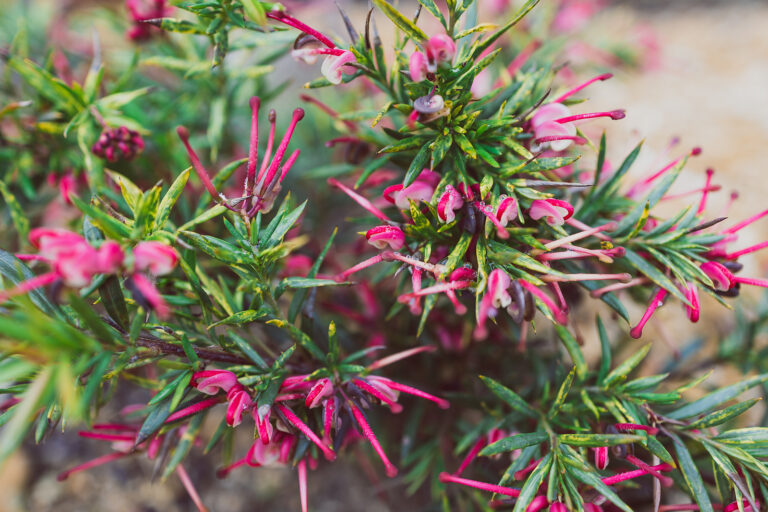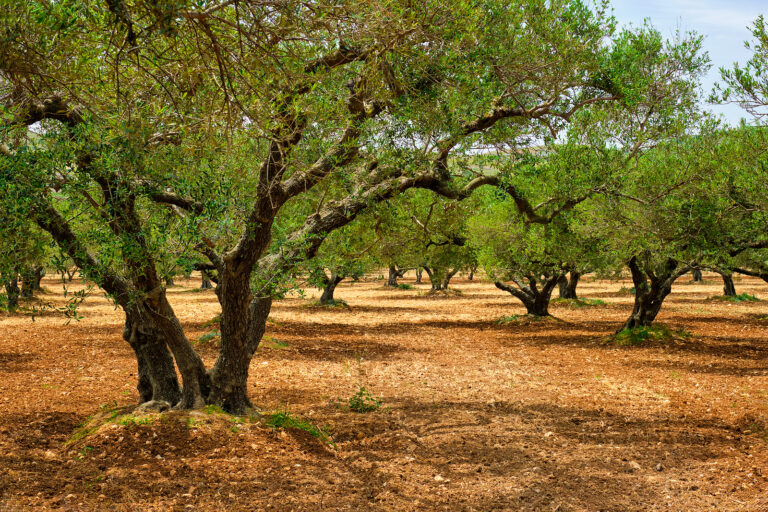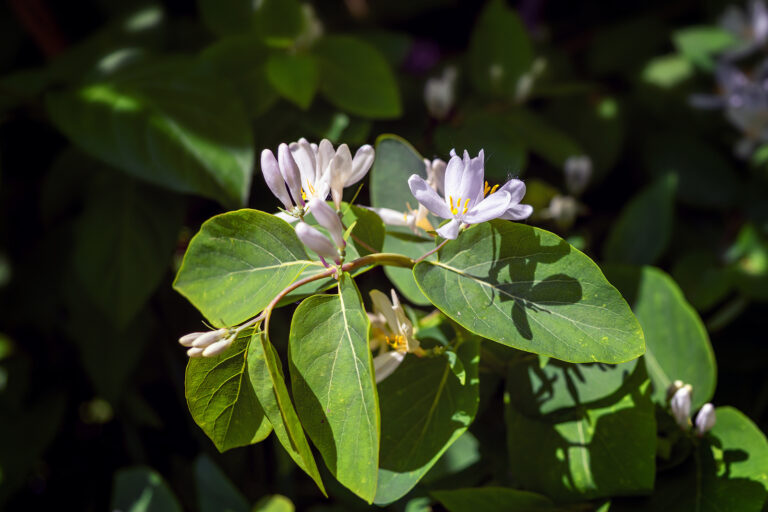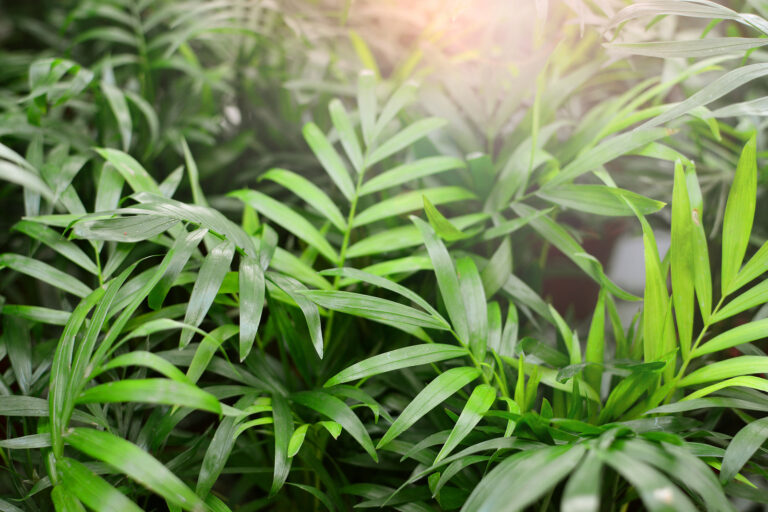How to Grow Parkinsonia — Jerusalem Thorn
Parkinsonia–commonly called Jerusalem thorn or Mexican paloverde–is a deciduous tree with a picturesque open growth habit that admits light, dappled shade. In spring Parkinsonia bears racemes of fragrant, bright yellow flowers with orange-spotted petals and orange-red stamens.
Parkinsonia is quick growing to about 30 feet (20m) high and 15 to 25 feet (5-8m) wide. Foliage is sparse; leaves have many mid-green leaflets that fold up at night and quickly drop in drought or cold. Twigs can be spiny.
Grow Parkinsonia as a specimen tree in lawns or mass them in a shrub border, hedge, or screen planting. The openness of the foliage allows turf to easily grown beneath.
Parkinsonia is a genus of 12 species of deciduous and evergreen shrubs and trees native to savanna and scrubland in the drier regions of North and Central America and Africa.
Get to Know Parkinsonia
- Plant type: Deciduous or evergreen shrubs and trees
- Growing zones and range: Zones 9 to 12
- Hardiness: Hardy to Zone 9
- Height and width: To 30 feet (10m) tall and 15-25 feet (5-8m) wide.
- Growth rate: Rapid at first, then slowing
- Form and habit: Open growth
- Foliage: Delicate, feathery foliage; yellow-green branches have pairs of spines at each node, produce green to silvery young bark, and bear alternate 2- or 3-pinnate leaves with very small, light to mid- or yellow-green leaflets
- Flowers: Fragrant, mostly yellow, red-spotted flowers, with spreading, clawed petals, produced in short, usually axillary 3-8 inch (8-20cm) long clusters or racemes from the upper leaf nodes
- Fruits: Leathery or woody, pea-like pods, 2-5 inches (5-23cm) long
- Bloom time: Spring and early summer, intermittently during the rest of the year
- Uses: Specimen trees, shrub border, hedge, or screen, water-conserving gardens, lawn decoration, sea coasts, average gardens
- Garden companions:
- Common name: Jerusalem thorn, Mexican paloverde
- Botanical name: Parkinsonia
- Family name: Fabaceae
- Origin: Africa, South North America, Central America
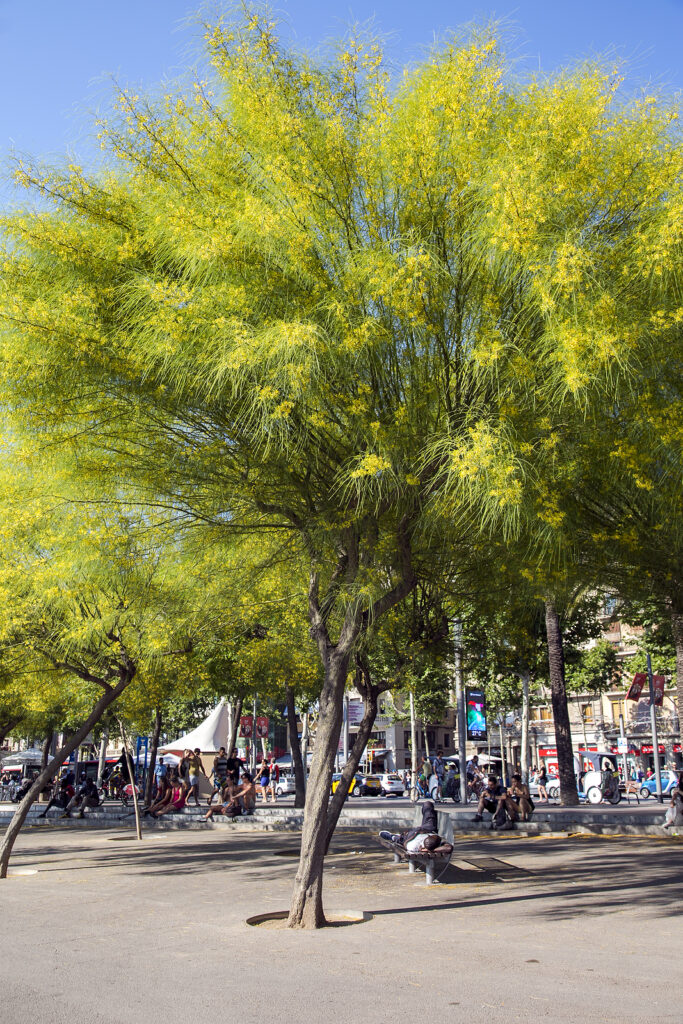
Where to Plant Parkinsonia
- Plant Parkinsonia in full sun.
- Plant Parkinsonia in dry, fertile, well-drained soil; tolerates alkaline soil.
When to Plant Parkinsonia
- Set container-grown Parkinsonia in the garden in spring or autumn.
- Sow Parkinsonia seed at 64-70°F (18-21°C) in spring.
Planting and Spacing Parkinsonia
- Plant Parkinsonia 15-25 feet (5-8m).
How to Water and Feed Parkinsonia
- Give Parkinsonia regular to little water.
- Feed Parkinsonia with an all-purpose organic fertilizer in spring.
How to Care for Parkinsonia
- Prune young Parkinsonia in spring; requires minimal attention once established.
- Parkinsonia can withstand shearing well; the flowering branches can be cut for use as indoor decorations.
Parkinsonia Pests and Diseases
- Parkinsonia are susceptible to attacks by gals and spider mites.
- Mushroom root rot, dieback, and some leaf spots can be problems.
Parkinsonia Propagation
- Sow seed at 64-70℉ (18-21℃) in spring.
Parkinsonia Varieties to Grow
- Parkinsonia aculeata, Jerusalem thorn, small, spreading, often weeping, deciduous tree, or occasionally large shrub, bearing spiny green stems and branchlets. Slender, 2-pinnate, stalkless, mid-green leaves, to 12 inches (30cm) long, have distinctive flat midribs and many, tiny, ovate to oblong leaflets, .06-.3 inch (2-6mm) long, often quickly deciduous; they fold up at night. In spring, produces racemes of 2-15 cup-shaped, fragrant, bright yellow flowers, to .8 inch (2cm) across, with orange-spotted standard petals and orange-red stamens. To 30 feet (10m) tall and 15-25 feet (5-8m) wide. South United States, Mexico; widely naturalized in tropical and subtropical regions.
- P. florida, blue palo verde, palo verde, small bushy tree, leafless most of the year, with smooth blue-green bark and shapr spines. Grows to 25 feet (8m) tall and 20 feet (6m) wide; bears slender pinnate mid-green leaves; yellow flowers blotched red at the base appear in spring.



